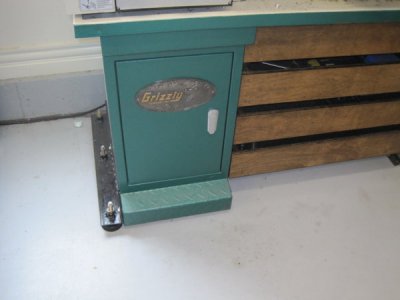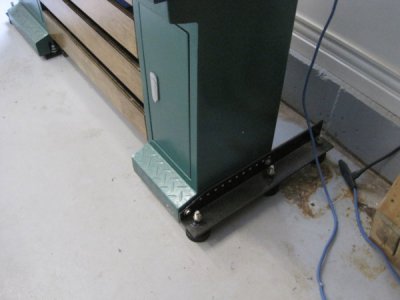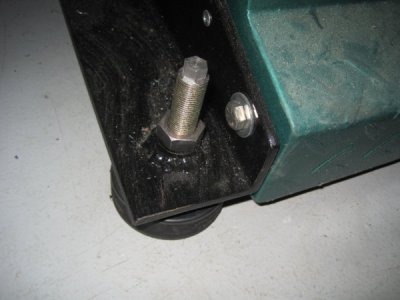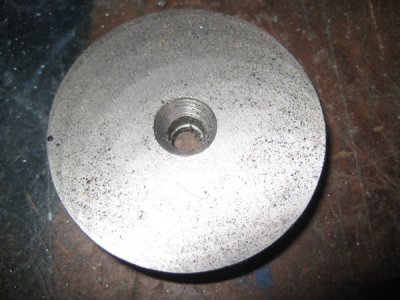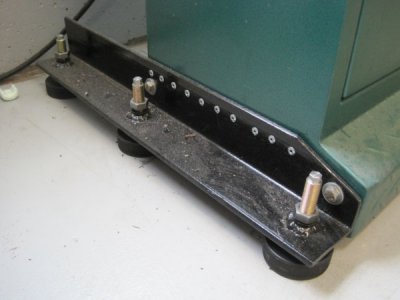I thought about using shims, but decided against it as my lathe is backed up against a wall and in the corner, so I cant get behind it to place the shims, As I'm going to need to pull it out from the wall from time to time, I'm in the process of making a set of 4 machine skates that I can use to wheel it away from the wall, when needed. Once it's out from the wall I'll weld some outrigger legs onto the subframe, and fit jacking screws to them. Then when all the bits are made and ready to go I'll get the lathe up onto the skates pull it out from the wall, weld the outrigger legs with jacking screws on, then push the whole lot back into place, and adjust the jacking screws.


